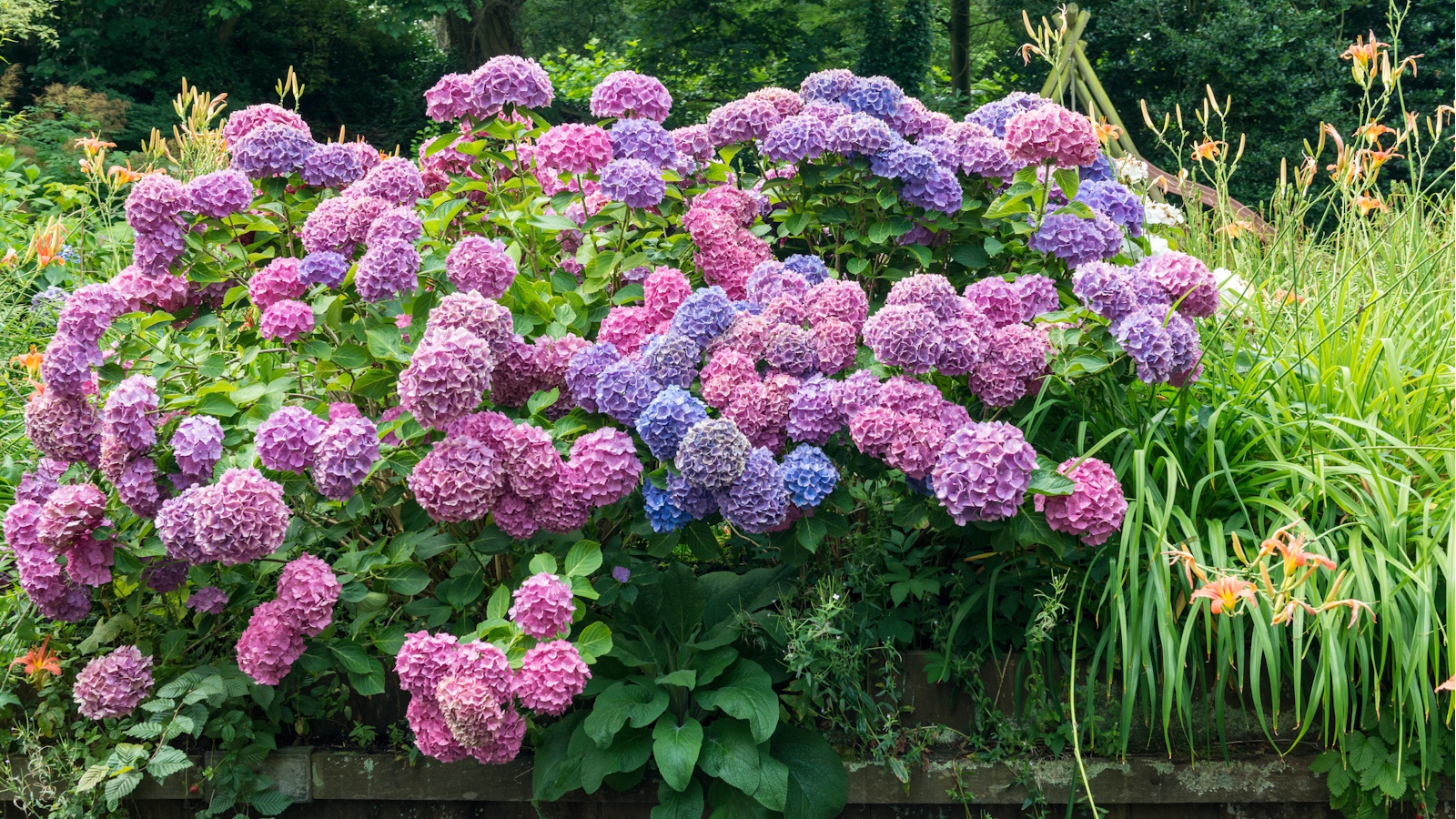
I recently added a hydrangea to my yard, as these popular cottage garden plants never fail to wow with their showy, spherical and cone-shaped florals. Something I'm keen to avoid, however, are the leaves turning brown, a common issue hydrangea growers experience. If this has happened to you, don't fret. You may just need to make a simple adjustment to prevent the issue becoming worse.
Growing hydrangeas is fairly low-maintenance once these shrubs are established. But, some small errors can cause a wide range of problems, including flowers wilting and hydrangea leaves turning brown. It could be anything from a watering issue to a pest and disease problem, but the good news they're all fixable with a few changes.
These common problems are likely also causing your hydrangea flowers to turn brown or may potentially be turning your hydrangea leaves yellow. Here, we take a closer look at some common causes behind hydrangea leaves turning brown and what can be done to fix the problem.
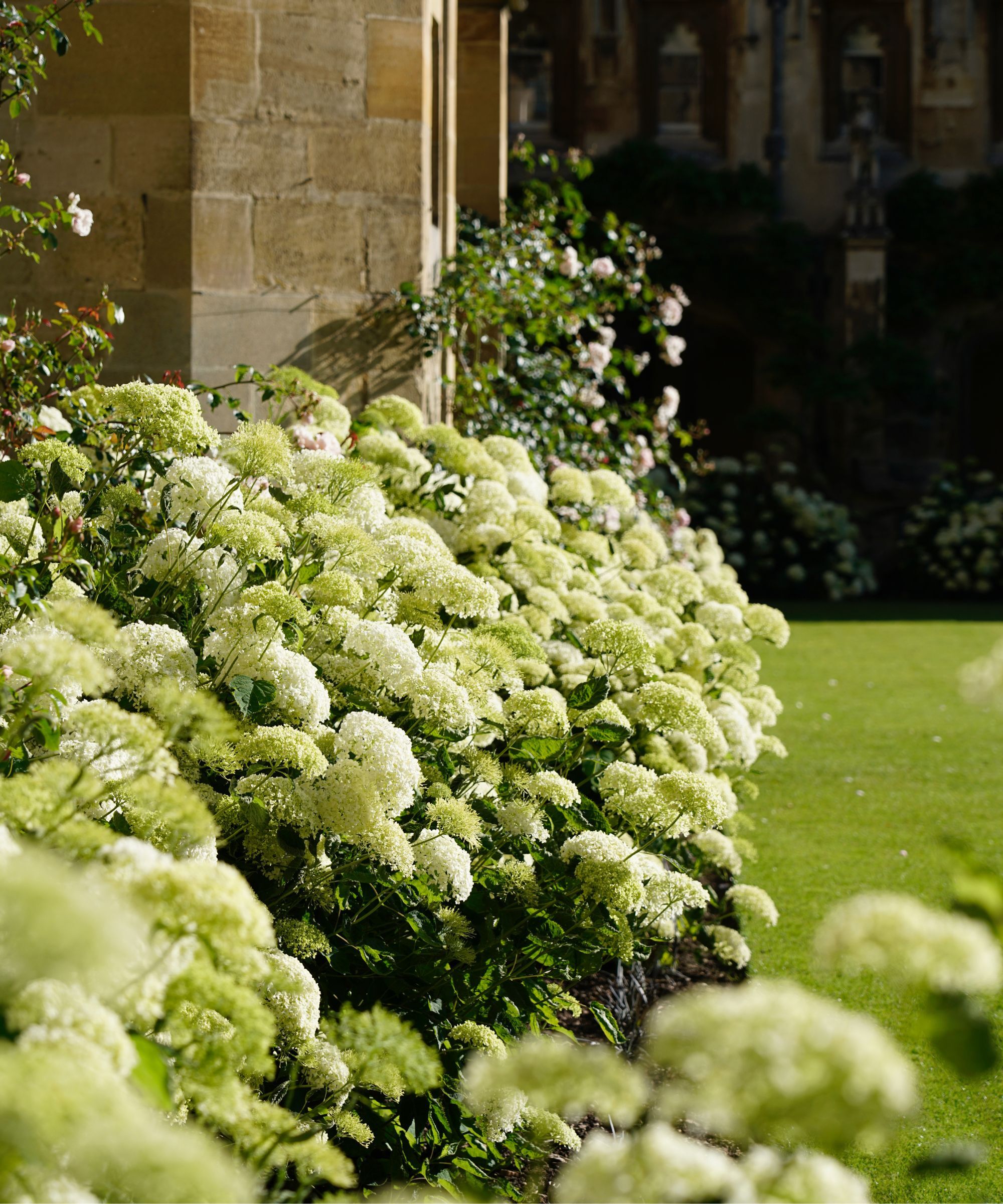
3 reasons your hydrangea leaves are turning brown
These are just some of the most common causes behind hydrangea leaves turning brown, it's worth doing a bigger investigation into your hydrangea's growing environment if the following causes and solutions aren't applicable.
1. Water stress
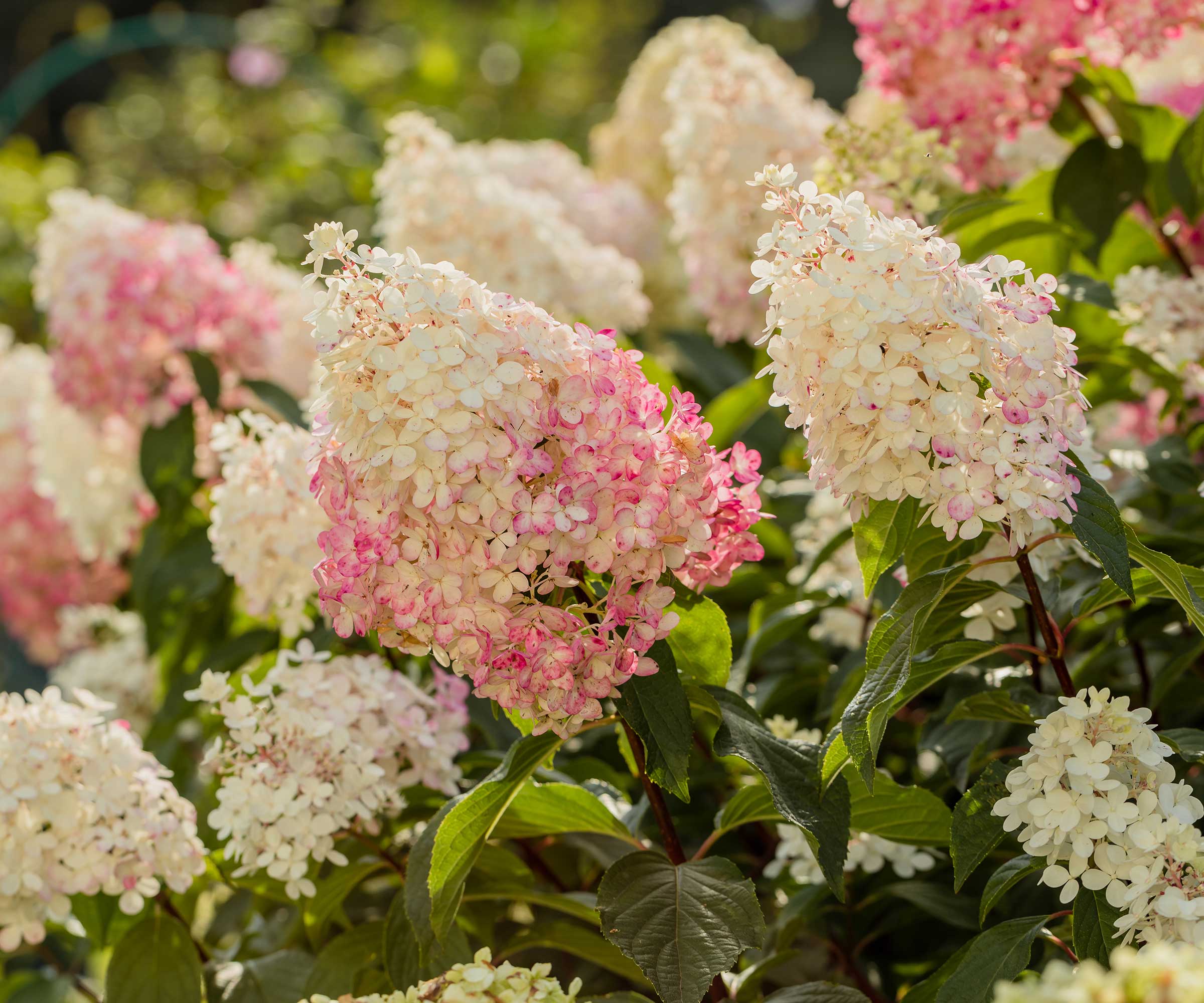
Hydrangeas are known to be thirsty plants, it's indicated in their name after all. That's why water stress makes the top of the list of reasons why hydrangeas leaves turn brown. Both over and underwatering can stress our your hydrangea and discolor the leaves.
'It may sound obvious, but hydrangeas are not drought-tolerant,' says Homes & Gardens' Head of Gardens, Rachel Bull. 'Letting these shrubs dry out entirely and for too long is a recipe for dehydration and browning, crisping foliage that falls off,' she adds.
At the same time, watering hydrangeas too frequently is likely to oversaturate roots, resulting in rotting and dying foliage.
Instead, you should be aiming to maintain a consistent moisture level for your hydrangeas. Use this soil moisture meter from Amazon to identify when the top couple of inches of soil are dry.
You should then give your hydrangea a deep watering to provide sufficient moisture for longer.
2. Leaf scorch
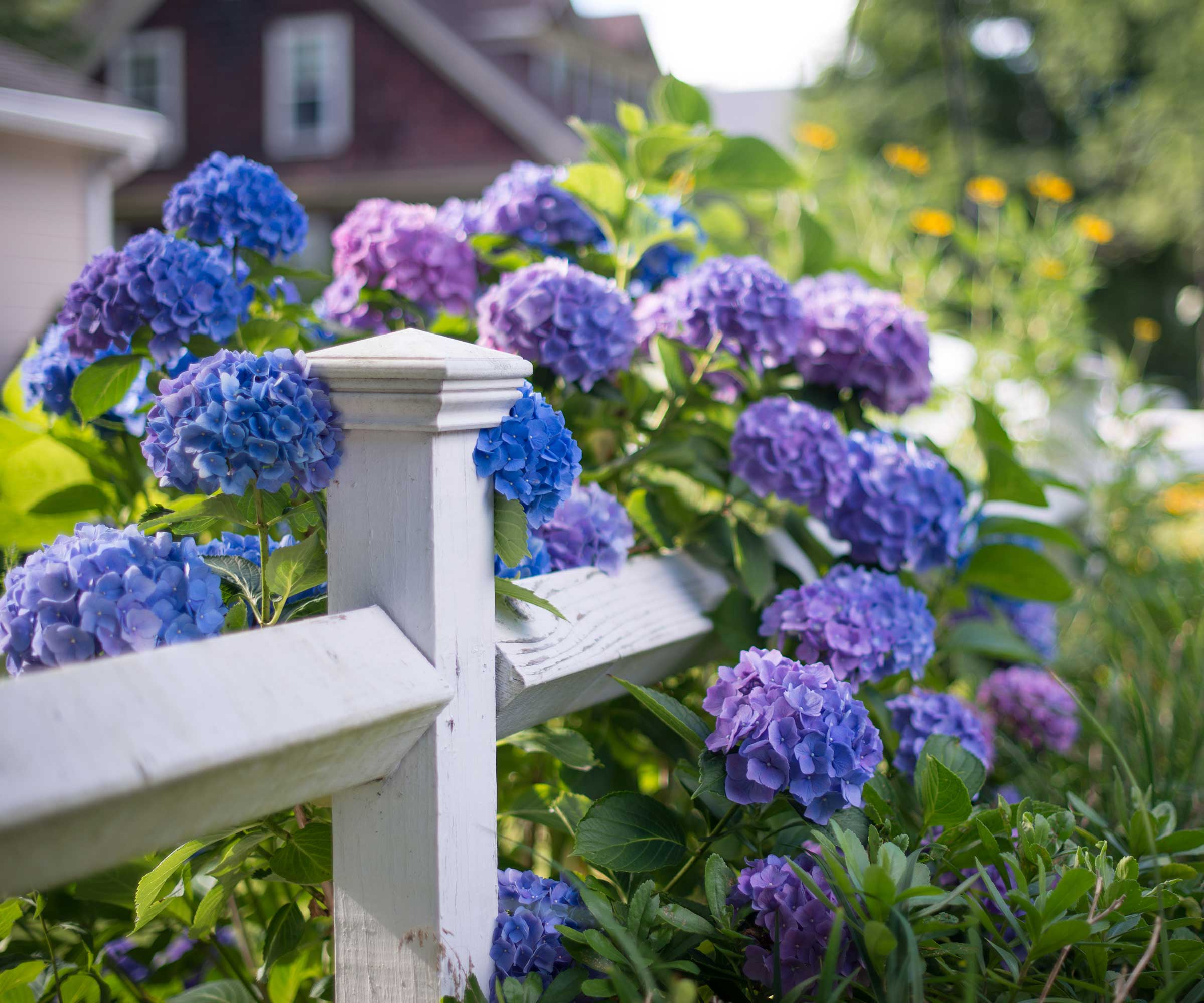
Alongside dehydration and oversaturation, leaf scorch is another common cause of hydrangea leaves turning brown. This is much more distinct, usually looking like brown patches on foliage, not necessarily the whole of a leaf turning brown.
'A direct sun spot is a place you should never plant a hydrangea. It can be too intense on their foliage and essentially gives them sunburn, mainly on the upper leaves which are more exposed to sunlight,' Rachel explains.
The best way to resolve this issue is by relocating your hydrangea to a partially shaded spot, relieving it from intense afternoon sun but also not hiding it from sunlight entirely.
As well as this, keep on top of watering. A lack of water and too much sunlight will cause much quicker dehydration for your hydrangea, contributing to leaf scorch.
If you are struggling to find a partially shaded spot for your hydrangea, consider planting trees nearby to provide some natural garden shade. Or, put in place a parasol (like this beautiful fringed one from Amazon) to protect it from sunlight during the peak of the day.
3. Fungal disease
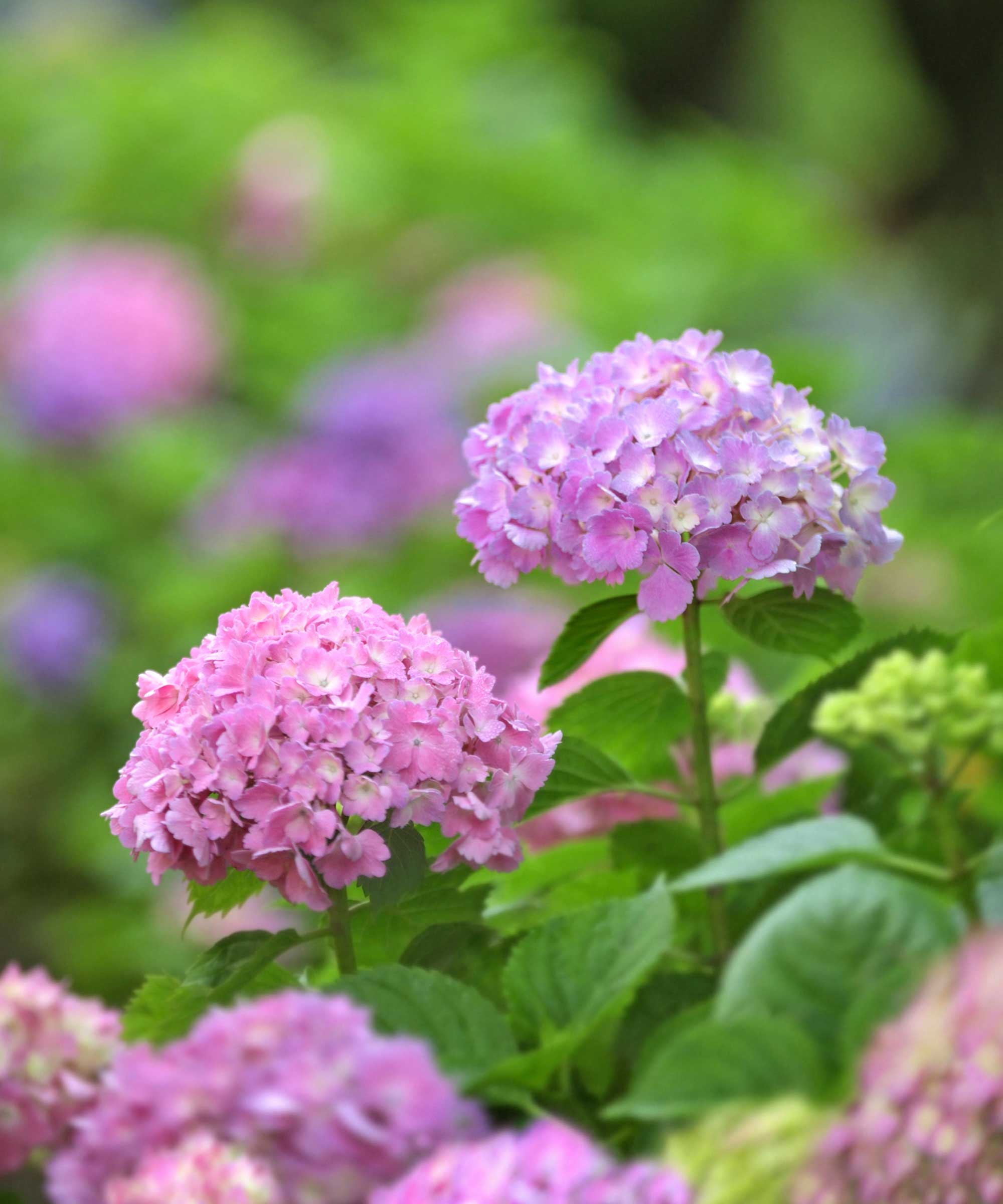
There are a few disease hydrangeas are susceptible, often split into the categories bacterial and fungal. The fungal hydrangea diseases are the ones that cause hydrangea leaves to turn brown.
Fungal diseases are identified as brown spots, sometimes along the edges of leaves. It usually occurs from a build-up of moisture, excess humidity, or wet foliage, providing an environment for fungal bacteria to thrive.
'Leaf spot is perhaps the most common fungal hydrangea disease,' Rachel notes. 'It is easily rectified by improving the airflow for your hydrangea's foliage. Consider pruning crowded stems with essential pruning tools, like these pruning shears from Amazon,' she adds.
For a severe case of fungal disease, you may decide to use a fungicide (like this one from Amazon).
FAQs
Should I remove brown hydrangea leaves?
Yes, it's a good idea to prune away brown hydrangea leaves as they won't recover and turn green again. However, make sure to follow the one third pruning rule to prevent added stress to your shrub and stunting growth. It's also best to wait until temperatures have cooled down if your hydrangea has turn brown from too much direct sun exposure.
All hydrangea varieties are likely to have a similar reaction to these issues, but there will be some varieties that better tolerate drought and direct sun than others. For that reason, always do some research into the best hydrangea for your yard. Whichever hydrangea you choose, it may also be a good idea to read up on hydrangea myths to ensure you get the most out of your shrub.
Don't forget these hydrangea growing essentials
This fertilizer has been specially formulated for hydrangeas which are acid-loving plants.







